Researchers from the National Museum in Szczecin (NMS) used a pair of month-long secondments to explore the European influences on Traditional and Contemporary Art of East Africa. The research methodologies are mainly qualitative, and field work centres on visits to exhibitions, ethnographic institutions and sites, and conducting both structured and unstructured interviews with a range of cultural actors. Among them are artists, curators, gallerists, educators, and administrators of domestic, foreign, and international institutions operating in Kenya. These conversations were supplemented by archival work, reviewing survey literature and catalogues of museum exhibitions, presentation events and gallery shows. This work is grounded in theory in the field of East African Art and Culture.
Themes emerging from this preliminary research that are guiding the NMS team, which will develop them as TPAAE continues. They include:
– Despite lasting external influences from the colonial era, Africa’s cultural legacy appears to exert the greatest influence on the art being made in post-cKenya. Further explorations will confirm whether this observation holds across the region.
– Strong local networks for the creation and exhibition of Contemporary Art exist in Kenya that are transnational in character and influence. Further exploration will provide evidence of these influences on works produced and exhibited locally and in the region. They also will provide the basis for a resource compendium that can be used to facilitate cross-cultural and transnational exchanges and exhibitions more efficiently.
– African artists that are recognized in the global art scene (invited to international exhibitions, biennials) and whose works feature in the art market (in international private and institutional collections, in gallery representations and at auction). Examining the influence of these personages and trends on the local scene can identify routes available to artists in the region for wider recognition.
– The emergence of women artists and groups in Kenya appear a significant subset of that recognition, which opens areas for further research into types of artistic production, as well as the methods of delivery to and reception by various audiences. Efforts to catalogue the work we encounter and promote the makers can serve as a foundational content for exhibitions and exchanges with European institutions and artists.
– Demand drivers from Europe exert thematic influences on Contemporary Art made in Africa, as well as being reflected in the materials, methods, and techniques that artists use to create works that they perceive as filling this demand. Further research into this cross-fertilization will establish the links between art made in East Africa and Contemporary Art made in the West.
– Striking in Africa is a widespread tendency to use recycled materials for art, such as ‘jua kali’ and bricolages. This trend offers a growing body of work around which to build social networks that reflect the changes influencing cultural practice.
– ‘Glocalisation’ of African art appears a trend that is evident in everything from Kisii stone sculptures to handicrafts produced in collectives. Identifying, displaying, and cataloguing the sources, materials, makers, and methods of production opens avenues for artistic cooperation and brings works to wider audiences both abroad and in the region.
Sources for NMS inquiries, interviews, research, and observations thus far include:
– National Museums of Kenya in Nairobi
– Nairobi Gallery
– Kenya National Archives in Nairobi
– One-Off Contemporary Art Gallery and Sculpture Garden, Nairobi
– KUONA Art Trust Collective, Nairobi
– The Mutuma Marangu Sculpture and Art Collection (TMMSAC), Nairobi
– Kenyatta University in Nairobi, School of Creative and Performing Arts, Film and Media Studies
– Kenya Cultural Centre (Inspiring Cultural Connections), Nairobi
– Pwani University, Kilifi
– National Museum of Kenya – Heritage Training Institute in Mombasa (formerly Swahili Culture Center)
– Ndoro Sculpture Garden, Malindi
– Artists participating in the DUOS Festival in Kilifi and those met during visits to places as part of these secondments

